Horse Tranquilizer | Ketamine Crystal powder
$150.00 – $10,000.00Price range: $150.00 through $10,000.00
Ketamine affects the glutamate system in the brain stimulating synaptic development and improving mood. Contrary to traditional antidepressants that may take weeks before showing results the effects of ketamine are usually seen in just a few hours.
Horse tranquilizer
Horse Tranquilizer: Understanding Ketamine and Its Uses
Ketamine, commonly referred to as”horse tranquilizer, “horse tranquilizer,” is a potent dissociative anesthetic that has many applications. Although its usage in the field of veterinary medicine, specifically to sedate large animals like horses and cattle, has earned it the moniker, it is an important instrument in medical practice for humans and is an increasingly studied compound in the field of mental health. In this document we will explore the properties of ketamine as well as its applications, as well as security considerations, as well as addressing common issues and commercial opportunities.
What Is Ketamine?
Ketamine is an anesthetic that acts quickly that alters perception of the sensory system and creates a dissociative state. It was initially invented in the 1960s to provide an alternative to the phencyclidine (PCP) to treat anesthesia. While widely acknowledged as a tranquilizer for veterinary use its versatility can be seen in its usage in numerous therapeutic and medical applications.![]()
Key Characteristics of Ketamine:
- Format: Available as a powder or liquid for intranasal or oral use.
- The effects are The relief of pain seclusion, and dissociation from the surrounding.
- Safety profile: The short acting drug has minimal effects on the respiratory system.
Why Is Ketamine Called a Horse Tranquilizer?
The phrase “horse tranquilizer” stems from the use of ketamine in vet medicine to relax horses, which are large animals. The potency and efficacy in managing pain and immobilization make it an essential important component in horse care. But, this term is not always accurate, as the applications of ketamine go far beyond veterinary settings.
Uses and Benefits of Ketamine
Veterinary Uses
- Sedation It is administered to relax and keep large animals in a safe environment during the procedure.
- Pain Management Effective in the reduction of severe painfulness in animals.
- surgical anesthesia It is often used in conjunction with other medications for surgical procedures.
Medical and Therapeutic Uses in Humans
Ketamine has been found to have significant uses in human health:
- Anesthesia Utilized in emergency situations to provide rapid sedation and pain relief.

- Chronic Pain Management Treatment for conditions such as neuropathy and fibromyalgia.
- Psychological Health Treatment: Low-dose ketamine infusions are being developed as treatment options for PTSD, severe depression and anxiety.

Check out Trippy’s Store to look into safe and high-quality ketoamine products, horse tranquilizer, that are specifically designed to meet the needs of medical and therapeutic purposes.
Is Ketamine Safe for Human Use?
If it is administered in controlled medical conditions, ketamine or horse tranquilizer is considered to be safe. Its brief duration of action and its minimal effect on breathing makes it an ideal choice in medical emergencies and mental health treatment. However, excessive or recreational use could pose serious risks, such as dependency and negative psychological effects.
Safety Tips:
- professional supervision: Use only under the supervision of a medically qualified personnel.
- Dosage Control Do not use too often or in excess of the product to avoid dependence and tolerance.
- Avoid mixing substances: Combining ketamine with alcohol or other drugs could increase the risk.
Ketamine for Mental Health: A Breakthrough Treatment
Ketamine or horse tranquilizer is hailed as a game changer in treating mental health issues. Its capability to provide quick relief from depression that is resistant to treatment and PTSD opens up new ways for treatment.
How It Works:
Ketamine affects the glutamate system in the brain stimulating synaptic development and improving mood. Contrary to traditional antidepressants that may take weeks before showing results the effects of ketamine or horse tranquilizer are usually seen in just a few hours.
Conditions Treated:
- Major Depressive Disorder (MDD)
- Bipolar Depression
- Post-Traumatic Stress Disorder (PTSD)
- Anxiety Disorders
Where to Buy Ketamine Online
If you’re planning to purchase the ketamine aka horse tranquilizer you need for legitimate reasons like the therapeutic or veterinary uses make sure you purchase from a reputable source such as The Trippy’s Shop. Our products have been tested in labs for purity and quality which makes them a safe and reliable choice for those looking to purchase.![]()
Why Choose Trippy’s Store?
- Quality Guarantee: All products are rigorously tested and verified.
- Secure shipping: Your privacy is our first priority.
- Professional Support A dedicated team is available for any inquiries.
Visit Trippy’s Store for the highest-quality ketamine items.
FAQs About Ketamine
1. Is Ketamine Only for Horses?
It is utilized in human medicine to treat anesthesia, pain control, as well as mental health care. The term, “horse tranquilizer,” is only referring to its applications in veterinary medicine.
2. Can Ketamine Be Used Recreationally?
While some people abuse Ketamine or horse tranquilizer for recreational purposes, the practice is unsafe and is illegal in several areas. The use of recreational ketamine or horse tranquilizer can result in dependence and serious health risks.
3. How Long Do the Effects of Ketamine Last?
The effects of Ketamine or horse tranquilizer typically last from for 30 to 60 minutes depending on the dose and the method of administration.
4. Is Ketamine Safe for Mental Health Treatment?
Absolutely, in the clinical setting, low dose ketamine or horse tranquilizer treatment is thought to be as safe and effective for treating anxiety and depression.
5. How Can I Ensure the Ketamine I Buy Is Safe?
Get ketamine from trusted suppliers such as Trippy’s Store to ensure purity and quality. Always check the quality of the product using laboratory tests and consult an expert prior to using.
Conclusion
Ketamine, sometimes confused with an “horse tranquilizer,” is an extremely versatile and essential substance that has significant medicinal and therapeutic advantages. It doesn’t matter if you’re looking to purchase the use of ketamine in veterinary medicine or investigating its potential in mental health treatments choosing a reputable source is vital. Check out Trippy’s Store to purchase ketamine that is of high quality and safely.
Take a leap into the future of medicine and therapy by buying ketamine now online at Trippy’s Store.
Ketamine is a white, crystalline powder or clear liquid. Buy ketamine Crystal Powder online without Prescription
Synonyms of Ketamine: (+/-)-2-(2-chlorophenyl)-2-(methylamino)-cyclohexanone; Ketalar®, Ketaject®, Ketaset®, Vetalar®; K, Special K, Vitamin K, Lady K, Jet, Super Acid, Bump, Special LA Coke, KitKat, Cat Valium. Buy ketamine Crystal Powder online without Prescription
Source of Ketamine:
Available by prescription only, and is commercially available as a veterinary anesthetic. It is difficult to synthesize clandestinely and is usually stolen from veterinarian offices or diverted from legitimate pharmaceutical sources in liquid form. Ketamine is currently a schedule III controlled substance in the US.
Drug Class:
Dissociative anesthetic, hallucinogen, psychotomimetic. or horse tranquilizer
Medical and Recreational Uses:
Primarily used in veterinary applications as a tranquilizer. Also used as an anesthetic induction agent for diagnostic and surgical procedures in humans, prior to the administration of general anesthetics. Occasionally used as a short-acting general anesthetic for children and elderly patients. Recreationally used as a psychedelic and for its dissociative effects.
Potency, Purity, and Dose:
Ketamine is available as a racemic mixture with the S-(+)- isomer being more potent than the R-(-)- isomer. Commercially supplied as the hydrochloride salt in 0.5 mg/mL and 5 mg/mL ketamine base equivalents.
For induction of 5-10 minutes surgical anesthesia, a dose of 1.0-4.5 mg/kg is intravenously administered; 6.5-13 mg/kg is given intramuscularly for 12-25 minutes of surgical anesthesia. T
he liquid from injectable solutions can be gently heated to evaporate the water, leaving a white powder (ketamine hydrochloride) which can be snorted or orally ingested. Recreational doses are highly variable. Common doses are 25-50 mg intramuscularly, 30-75 mg snorting, and 75-300 mg oral. Snorting a small line (“bump”, 30-50 mg) usually results in a dreamy effect. “K-hole” can be obtained following a dose of 60-125 mg intramuscularly, or by snorting 100-250 mg. Impurities are rarely seen, although ketamine hydrochloride itself can be used as a heroin adulterant. Buy ketamine Crystal Powder online without Prescription
Route of Administration:
Injected, snorted, orally ingested, and rectally administered. Similar to phencyclidine (PCP), ketamine can be added to tobacco or marijuana cigarettes and smoked.
Pharmacodynamics:
Involves analgesia, anesthetic, and sympathomimetic effects that are mediated by different sites of action. Non-competitive NMDA receptor antagonism is associated with analgesic effects; opiate receptors may contribute to analgesia and dysphoric reactions, and sympathomimetic properties may result from the enhanced central and peripheral monoaminergic transmission. Ketamine or horse tranquilizer blocks dopamine uptake and therefore elevates synaptic dopamine levels. Inhibition of central and peripheral cholinergic transmission could contribute to the induction of the anesthetic state and hallucinations. Ketamine is structurally similar to PCP, but 10-50 times less potent in blocking NMDA effects.
Pharmacokinetics:
Bioavailability following an intramuscular dose is 93%, intranasal dose 25-50%, and oral dose 20±7%. Ketamine is rapidly distributed into the brain and other highly perfused tissues and is 12% bound in plasma. The plasma half-life is
2.3 ± 0.5 hours. Oral administration produces lower peak concentrations of ketamine, but increased amounts of the metabolites norketamine and dehydronorketamine. Ketamine or horse tranquilizer and its metabolites undergo hydroxylation and conjugation. norketamine produces effects similar to those of ketamine. There are no significant differences between the pharmacokinetic properties of the S-(+) and R-(-)-isomers.
Molecular Interaction / Receptor Chemistry:
Cytochrome P450 3A4 is the principal enzyme responsible for ketamine N-demethylation to norketamine, with minor contributions from CYP2B6 and CYP2C9 isoforms. Potential inhibitors of these isoenzymes could decrease the rate of ketamine elimination if administered concurrently, while potential inducers could increase the rate of elimination.
Interpretation of Blood Concentrations:
There is no direct correlation between ketamine concentrations and behavior. Drowsiness, perceptual distortions, and intoxication may be dose-related in a concentration range of 50 to 200 ng/mL, and analgesia begins at plasma concentrations of about 100 ng/mL. During anesthesia, blood ketamine concentrations of 2000-3000 ng/mL are used, and patients may begin to awake from a surgical procedure when concentrations have been naturally reduced to 500-1000 ng/mL.
Interpretation of Urine Test Results:
Urinary excretion of unchanged drug is 4±3%, and ketamine use can be detected in urine for about 3 days. Concentration ranges for ketamine in urine have been reported as low as 10 ng/mL and up to 25,000 ng/mL.
Effects:
Users have likened the physical effects of ketamine to those of PCP, and the visual effects to LSD.
Psychological:
Decreased awareness of the general environment, sedation, dream-like state, vivid dreams, feelings of invulnerability, increased distractibility, disorientation, and subjects are generally uncommunicative. Intense hallucinations, impaired thought processes, out-of-body experiences, and changes in perception about body, surroundings, time, and sounds. Delirium and hallucinations can be experienced after awakening from anesthesia.
Physiological: Anesthesia, cataplexy, immobility, tachycardia, increased blood pressure, nystagmus, hypersalivation, increased urinary output, profound insensitivity to pain, amnesia, slurred speech, and lack of coordination.
Side Effect Profile:
High incidence of adverse effects, including anxiety, chest pain, palpitations, agitation, rhabdomyolysis, flashbacks, delirium, dystonia, psychosis, schizophenic-like symptoms, dizziness, vomiting, seizures, and paranoia.
Duration of Effects:
The onset of effects is within seconds if smoked, 1-5 minutes if injected, 5-10 minutes if snorted and 15-20 minutes if orally administered. Effects generally last 30-45 minutes if injected, 45-60 minutes if snorted, and 1-2 hours following oral ingestion. Ketamine is often readministered due to its relatively short duration of action. Some subjects may experience dreams 24 hours later. Marked dissociative effects, schizotypal symptoms, and impaired semantic memory are found in some recreational users days after drug use. Buy ketamine Crystal Powder online without Prescription
Tolerance, Dependence, and Withdrawal Effects:
In long-term exposure, high tolerance, drug craving, and flashbacks are described. Little evidence of a physiological withdrawal syndrome unless abrupt discontinuation in chronic users.
Drug Interactions:
Midazolam attenuates altered perception and thought processes. Lorazepam may decrease ketamine-associated emotional distress but does not decrease the cognitive or behavioral effects of ketamine. Acute administration of diazepam increases the half-life of ketamine.
Lamotrigine significantly decreases ketamine or horse tranquilizer-induced perceptual abnormalities but increases the mood-elevating effects. Haloperidol may decrease impairment by ketamine or horse tranquilizer in executive control functions but does not affect psychosis, perceptual changes, negative schizophrenic-like symptoms, or euphoria. Alfentanil is additive to ketamine or horse tranquilizer in decreasing pain and increasing cognitive impairment. Physostigmine and 4-aminopyridine can antagonize some pharmacodynamic effects of ketamine. Buy ketamine Crystal Powder online without Prescription.
Performance Effects:
Broad-spectrum of cognitive impairments and marked dissociative effects. Increased distractibility and intensely visual or polysensual hallucinations. Impairment of immediate and delayed recall, and verbal declarative memory. Memory impairment is associated with encoding or retrieval processes, and not accounted for by decreased attention. Impaired language function, failure to form and use memory traces of task-relevant information. Overall decreased awareness, increased reaction time, distorted perceptions of space, non-responsiveness, and blurred vision. The S-(+) isomer impairs psychomotor function 3-5 times more than the R-(-) isomer.
Effects while Driving:
The drug manufacturer suggests that patients should be cautioned that driving an automobile should not be undertaken for 24 hours or more following anesthesia. No driving studies have been performed.
DEC Category:
Phencyclidine.
or horse tranquilizer
DEC Profile:
Horizontal gaze nystagmus present; or horse tranquilizer, vertical gaze nystagmus present; lack of convergence present; pupil size normal; reaction to light normal; pulse rate elevated; blood pressure elevated; body temperature elevated. Other characteristic indicators may include rigid muscles, cyclic behavior, and lack of response to painful stimuli.
Driving Risks:
The use of ketamine is not conceivably compatible with the skills required for driving due to its moderate to severe psychomotor, cognitive, and residual effects. Buy ketamine Crystal Powder online without Prescription
| Quantity | 7 grams, 10 grams, 15 grams, 25 grams, 30 grams, 50 grams, 500 grams |
|---|
Reviews
There are no reviews yet.
Related products
Ketamine
Ketamine

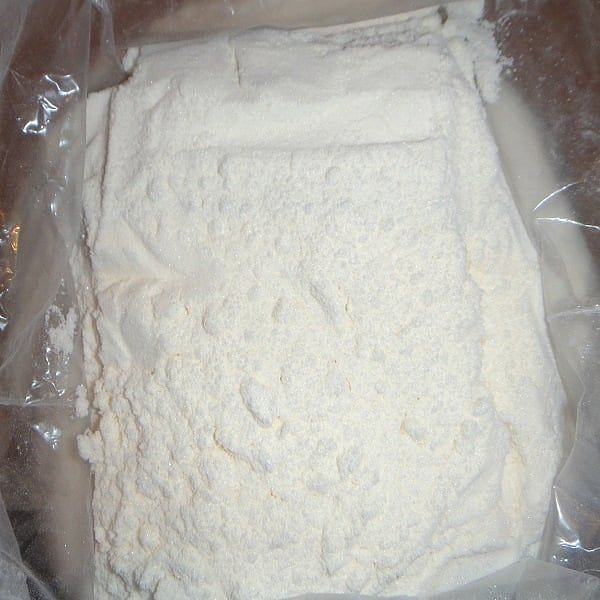
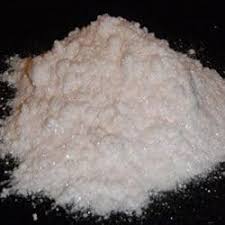
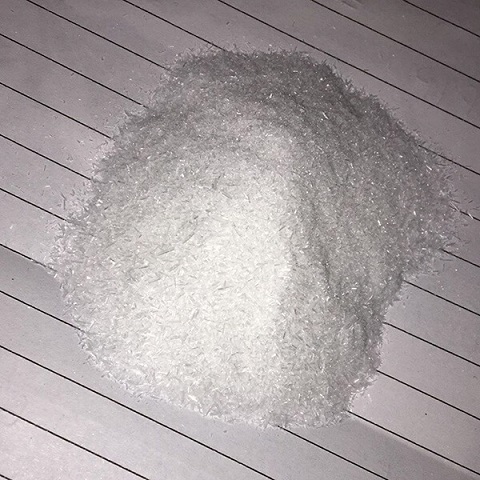
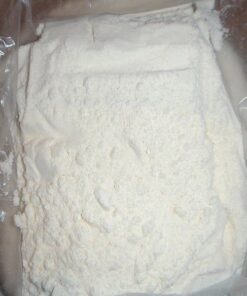
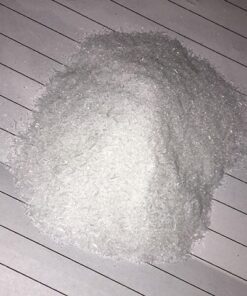
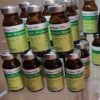
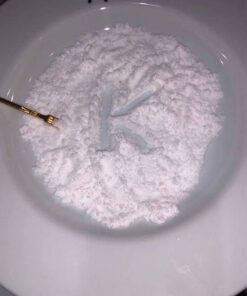
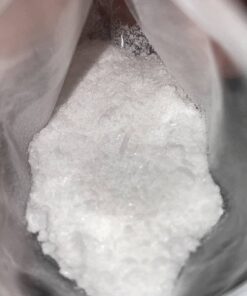
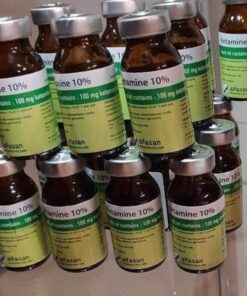
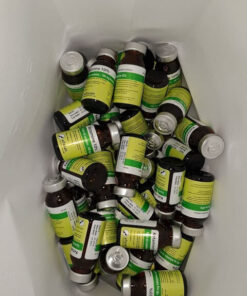
Be the first to review “Horse Tranquilizer | Ketamine Crystal powder”